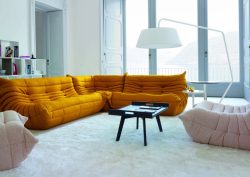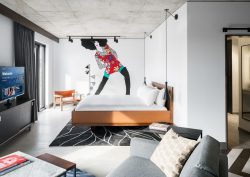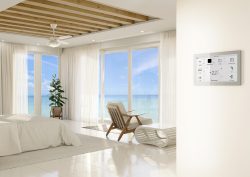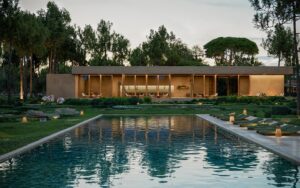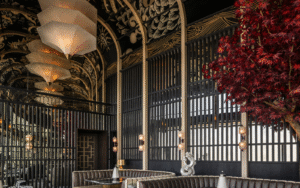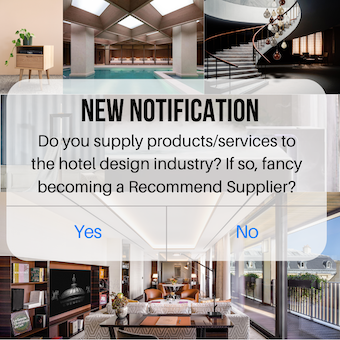Today’s sophisticated traveller is no longer impressed with having a high-quality bed and vast views – guests desire control, access and convenience, all presented smoothly through intelligent systems…
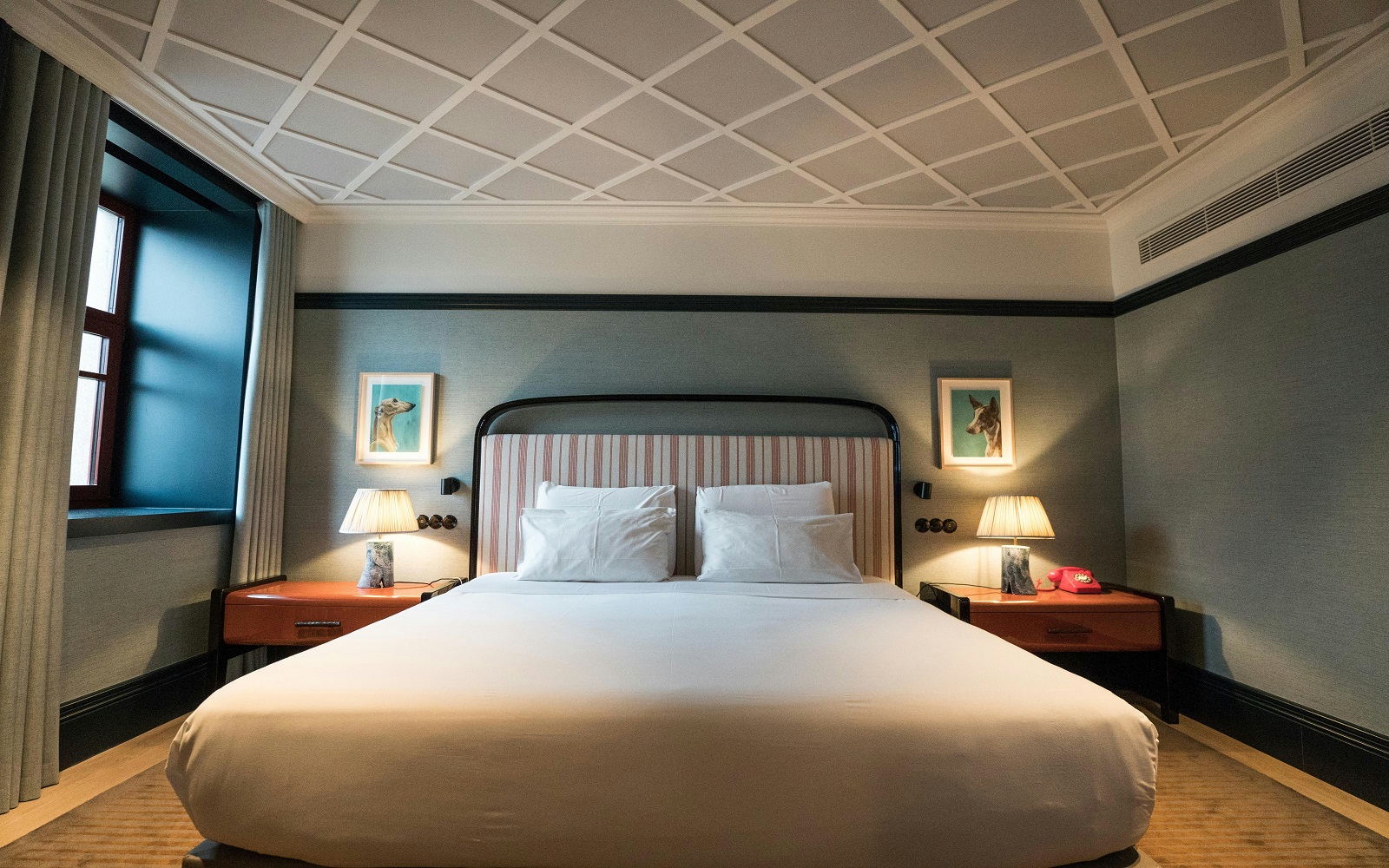
With voice-controlled rooms and adaptive furniture, the luxury suite is quickly becoming a technology-powered sanctuary. Hoteliers are now being asked to provide innovation in addition to indulgence, leading to reconsidering how technology is incorporated into the suite experience.
Redefining Suite Concierge
Adding voice assistants like Amazon Alexa or Google Assistant to hotel rooms redefines the guest-service experience. The guest can talk directly to the room instead of calling reception or rooting through a directory for information. Power is in the voice, from adjusting lights to ordering housekeeping or setting an alarm for the morning.
In premium suites, personalised programming enables voice assistants to manage customised features such as blackout curtains, specially curated playlists and even wellness-focused extras such as circadian rhythm-enhancing lighting. For the guest, it means enhanced convenience and independence. For the hotel, it means enhanced operational effectiveness and fewer service requests.
Designing for the Digital Experience
Smart mirrors are increasingly taking centre stage in contemporary suite bathrooms and dressing rooms. Beyond simple mirrors, such displays subtly combine infotainment, light controls and health metrics.
Luxurious establishments incorporate intelligent mirrors to disseminate news and the weather and let guests tap into the concierge service, control the settings in their rooms or stream guided skin routines. These mirrors have that high-spec look combined with responsive digital functionality – a perfect fit for the standards of an upmarket guest profile.
Comfort on Command
The days are over for clunky thermostats and blanket air conditioning settings. Personalised climate systems in high-end suites now provide fine-grained controls for temperature, humidity and airflow levels. Others do even more, using occupancy sensors to pre-condition rooms based on the times of guest arrivals.
This push towards hyper-personalisation is especially effective in international resorts, where visitors can be from significantly different climates. Tailor-made climate scenes can be saved within a guest profile and automatically switched on on re-visits—a shining example of intuitive, hotelier-driven design.
Smooth Integration with Hotel Software
Sophisticated hotel software is what holds these systems together in unison. It is not enough for technologies to function independently; innovation is where orchestration happens. It would be a practical hotel software example demonstrating how guest preferences, room readiness and in-suite technology could talk together in the background.
For designers and operators, software platforms are increasingly regarded as the invisible structure that underpins a luxurious and connected experience.
One prominent name in this space is Mews, a cloud-based property management system that is establishing its presence in the luxury hotel space. Mews allows for easy check-in, is compatible with room controls and offers personalized guest experiences – all in one platform.
By syncing with voice assistants, in-room HVAC systems and keys, Mews empowers hoteliers to provide natural, non-invasive technology. Mews’ power is its modularity, which allows it to be suitable for boutique establishments as quickly as for high-end chain resorts.
Responsive Living Spaces
Innovative furniture is quietly reshaping the frontiers of form and function. In the luxury suite, bedframes embedded with sleep monitors, wireless charging side tables and reconfigurable seating at the push of a finger are among the options.
These furniture solutions address lifestyle requirements—for the business traveller who needs an office space with the capacity for use as a dining table or the resort guest who appreciates built-in massage capabilities in the lounge chair. In aesthetically discrete ways, technology-enhanced furniture adds comfort and efficiency to the operation.
Design Considerations in an Advanced Tech Suite
There is so much technology at stake here, however, that intelligent design is still crucial. The luxury suite must balance cutting-edge technology and classic beauty. Materials, texture and interior space must serve the digital components without overpowering them.
Designers are now challenged with incorporating touchscreen panels, hidden wiring and docking stations naturally into their designs. Technology needs to enrich the sensory experience without overwhelming it. That’s why top-of-the-line, technology-infused suites appear elegant despite being anything but.
Future-Forward, Guest-Centric Thinking
What is exciting about these developments is how they accommodate changed guest behaviour. Today’s travellers are more digital, on the go and discriminating. They look for accommodation that meets, if not exceeds, the technology levels they experience in their homes.
Looking into the future, the luxury suite of tomorrow will feature predictive aspects based on AI, green technology in the form of occupancy-led energy management and even virtual digital art. This is how the luxury hotel can balance innovation with warmth, using technology to enhance the guest experience rather than detract from it.
A luxury hotel suite is no longer just a place to sleep—it’s a curated, intelligent space that adapts to guests. With every smart mirror installed and every AI concierge integrated, the hospitality industry is moving closer to a future where design and digital coexist.
This article is part of our paid content offering. To explore sponsored editorial opportunities with Hotel Designs please contact Katy Phillips.
Main image credit: Antonio Araujo




